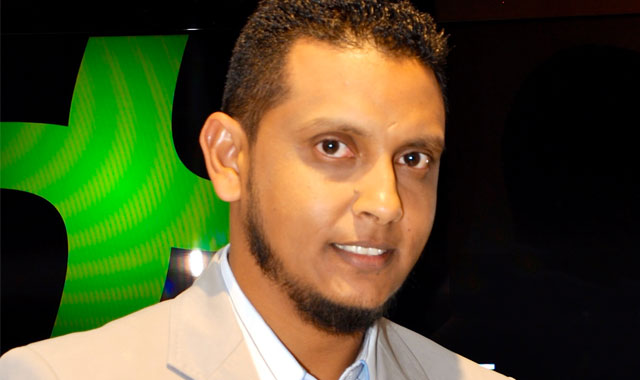
Deploying aerial fibre, rather than burying it, will significantly reduce the cost of expanding fibre-to-the-home (FTTH) broadband in South Africa, greatly improving the business case at the same time.
That’s the view of Dark Fibre Africa chief strategy officer Reshaad Sha, who says running fibre on poles along streets and into homes is a “massive improvement” over the costs associated with trenching and then burying it.
In the US, Verizon opted largely for aerial fibre when it deployed its triple-play broadband FiOS network into American homes.
“For FTTH in suburbs, the lower overhead means a better business case, but residents, municipalities and roads agencies in many areas in South Africa will prevent you from deploying overhead,” Sha says. Despite this, aerial fibre, he says, “has to be part of the mix. It’s unavoidable.”
Although overhead fibre has higher maintenance costs than buried solutions, in suburbs this cost is not as high as it is in business centres, says Sha.
“With the FiOS network in the US, even the drop into the home was overhead, so the cost was significantly cheaper. But some suburbs don’t want it, and some municipalities will refuse to do anything overhead.”
Dark Fibre Africa recently began its first FTTH project, in the leafy Johannesburg suburb of Parkview, where it’s trenching fibre. In line with its operating philosophy, it intends providing the network on an open-acccess basis. The company plans to “do a few more” suburbs this year, according to Sha, though home fibre is not its primary focus.
Though Sha says FTTH will never be a product for the mass market, he believes it is going to enjoy strong growth in South Africa in the coming years.
“FTTH will surpass ADSL by a long way,” he predicts. “But the challenge is the wide distribution of homes. In the denser areas, it makes better sense.”
Big operators MTN, Vodacom and Telkom have all announced FTTH plans, though they’re barely out of the starting gates with their projects. A number of smaller players, including start-up Vumatel — which won the contract to build a network in Parkhurst — are also racing to wire up wealthier suburbs.
Sha believes there’s a race to connect South African homes to fibre. “The challenge everyone has is the business case is extremely challenging, even with long payback periods,” he says.
“Service providers that are vertically integrated have it a little easier because they can sell voice and video on demand and other services. But then the consumer loses because he has no choice [in service provider].”
If the business model is so hard, though, why are so many operators expressing interest in deploying FTTH infrastructure? “It’s a land grab,” says Sha. Those that get there first can sign up customers for 20 years or more. — © 2015 NewsCentral Media




